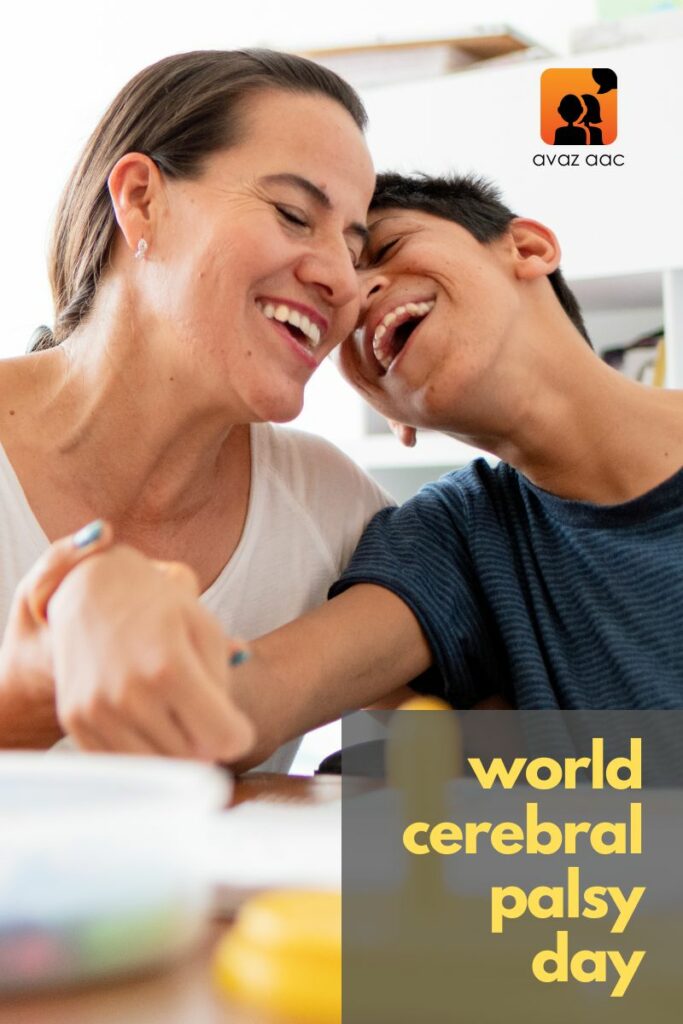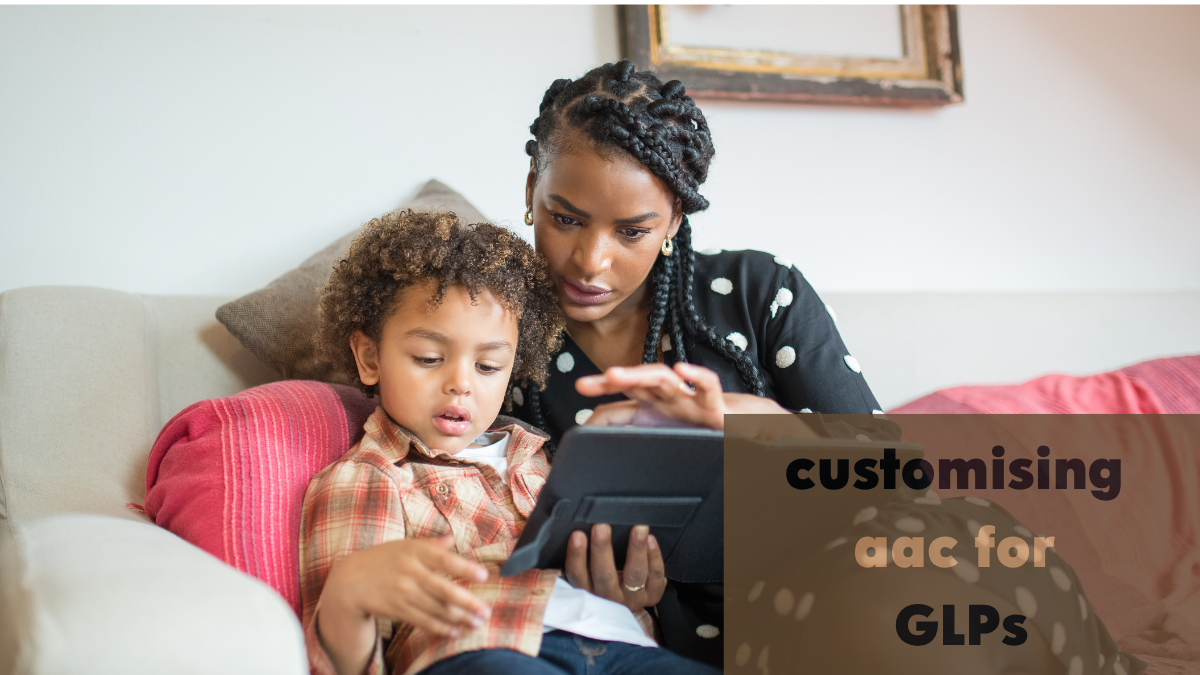Learn more about Cerebral Palsy and the significance of World Cerebral Palsy Day! This blog also explores communication difficulties faced by individuals with CP.
What is World Cerebral Palsy Day?
October 6 is World Cerebral Palsy Day. This day is observed to honor and support those who have cerebral palsy. This day serves to embrace diversity, and works towards making the future more accessible for all.


Cerebral Palsy (CP) is a group of disorders that affect a person’s ability to move and maintain balance and posture. Cerebral means having to do with the brain. Palsy means weakness or problems with using the muscles. Read more about cerebral palsy, its symptoms and causes here
Speech Difficulties in CP
Globally, there are more than 17 million individuals with cerebral palsy. Surveys say that 1 in 4 children with cerebral palsy cannot talk. Having no voice to be able to express oneself can build up frustration and anguish. This impacts the overall quality of living for the individual.
Every person with cerebral palsy is different, and the severity and nature of their disabilities varies greatly. Many children with cerebral palsy suffer from dysarthria, a motor speech disorder where the muscles of the mouth may be affected, which makes speech difficult.
Communication is a fundamental human right. It is necessary for learning and for engaging with friends, family, and peers. Children and adults with cerebral palsy should be supported in every way possible to communicate.
AAC and Cerebral Palsy
Fortunately, in this growing age of technology, communication comes in all forms. Researchers concur that early AAC intervention for cerebral palsy children is challenging yet crucial to improve language and communication abilities. AAC is intended for use by anyone who requires assistance communicating, regardless of the type of intellectual disability they have. The app is a simple way for someone to start as almost everyone these days has either a smart phone or computer (many additionally have a tablet).
Despite the fact that there are numerous treatments and accommodations for cerebral palsy, recent advancements with AAC may be the most optimistic in regards to communication.
Innovation and Technology
AI enabled systems have had positive impacts on the lives of people with disabilities. For cerebral palsy individuals suffering from physical mobility with mild speech impairment, the option of voice search to communicate can be very useful.
According to a keynote address by CEO of Google, Sundar Pichai, “one out of five Google search queries are searched by voice.” Teenagers are the highest users of voice search. But according to thrive analytics “everyone uses personal assistants, regardless of the age group.”
Voice search has become more popular over time. Additionally, the search results are brief, clear, and direct. It has been very beneficial to people with disabilities.
Another incredible innovation that helps non verbal cerebral palsy individuals is eye gaze control technology. Owing to this technology, children and adults with cerebral palsy can utilize eye movements to control a laptop, computer, or speech-generating device. A person’s eye movements are tracked by an eye-gaze camera, which then operates like a cursor on the device screen. The person chooses items by blinking, holding their gaze stationary for a predetermined amount of time, or pressing an external button.
Occupational therapists or Speech Language Pathologists who are experts in the field of assistive technology offer guidance on selecting the right mode of communication for the individual.
Technology Knows No Bounds
With the theme of this year’s Cerebral Palsy day being ‘Millions of Reasons for accessible technology solutions’, every initiative counts. Making technology accessible for the disability community in every area including hospitals, schools and many other places provides the individual a sense of independence and better quality of life.



